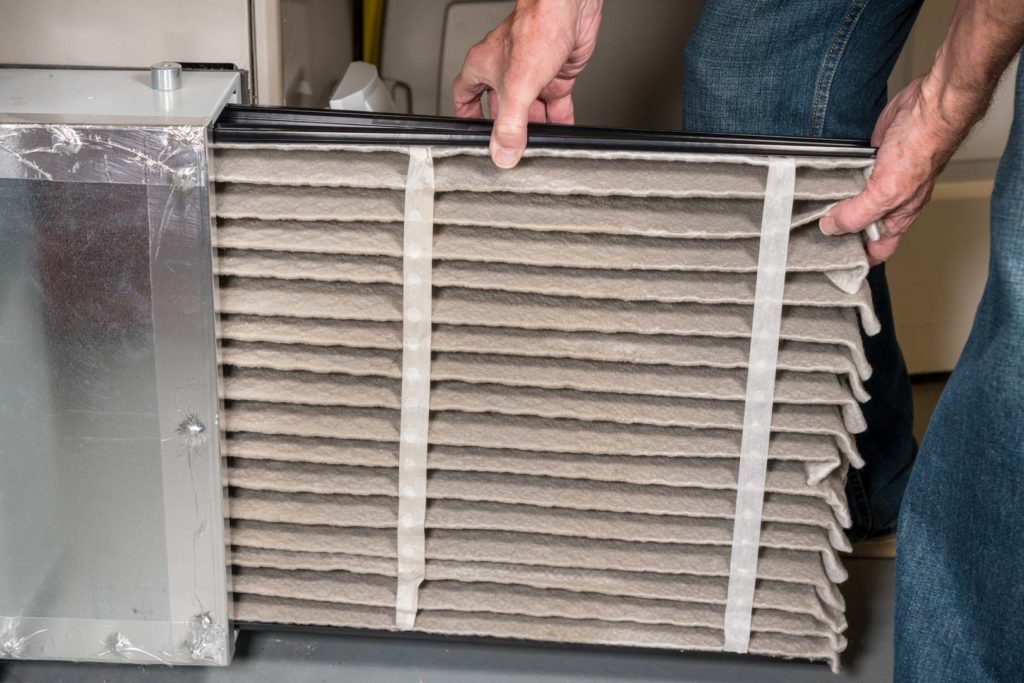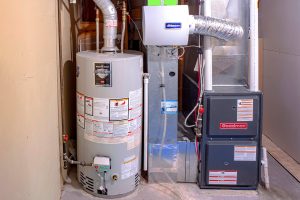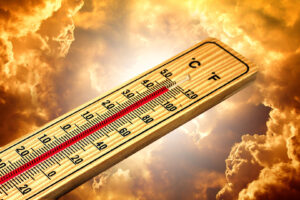The Public Health Agency of Canada (PHAC) has developed a guide to inform Canadians about how indoor ventilation, combined with other recommended public health measures, can reduce the spread of COVID-19. The guide also provides practical tips on improving indoor air, ventilation and filtration to help reduce the spread of COVID-19.
The complete content of this guide is available on the Government of Canada website.
Please read the key messages
- Limit indoor gatherings
- Open windows and doors
- Consult an HVAC professional
- Consider avoiding the area
Influence of ventilation on risk of aerosol transmission
If a person who is infected is in an indoor space, build-up of viral particles will depend on:
- how infectious the person is
- the activities the person undertakes
- the size of the space and its ventilation
The smaller the room, the faster the build-up of particles containing SARS-CoV-2 virus. In larger spaces, it may take longer for virus-containing aerosols to build up throughout the room. Good ventilation will:
- move outdoor air into the space
- dilute potentially contaminated air
- remove contaminated air through vents or open windows
In any size of room, close proximity can result in high-risk exposure, regardless of ventilation.
Ventilation
There are many ways to improve ventilation to mitigate the transmission of infectious diseases. The most appropriate measures depend on the characteristics of the particular setting. One way to improve ventilation is by opening exterior doors and windows for a few minutes, ideally with more than one open at a time.
Opening windows in winter may not always be comfortable or possible. Doing so for a few minutes at a time during the day can still improve air quality, with minimal impact on the indoor temperature. If occupants will be indoors for longer periods, for example at schools, occupants should have regular outdoor breaks, to allow for ventilation of the room.
An HVAC system will exchange indoor air a certain number of times per hour as a part of regular operation. To increase ventilation, run your HVAC system fan continuously at a low speed to provide air movement and filtration without unwanted draft. Within non-residential buildings, run the system for 2 hours at maximum outside airflow before and after the building is occupied. Bathroom and kitchen exhaust fans that are vented to the outside can also be used to help remove potentially contaminated air, where appropriate.
Most HVAC systems will recirculate some air through the indoor space, making it important to:
- ensure that filters are well sealed without a bypass
- clean or change your filters regularly per manufacturer’s recommendations
- select filters with higher MERV ratings that are more efficient at removing particles
This should be done within the specifications of your HVAC system and in consultation with an HVAC professional.
Portable or ceiling fans, or single unit air conditioners may circulate air within the room, but they do not exchange air or improve ventilation. If using a window air conditioner unit or a fan is necessary, aim the air stream away from people to reduce the spread of potentially infectious droplets or particles.
Please contact us if you have any concerns or questions about how to improve your indoor air quality. We are happy to provide a free no-contact consultation.





